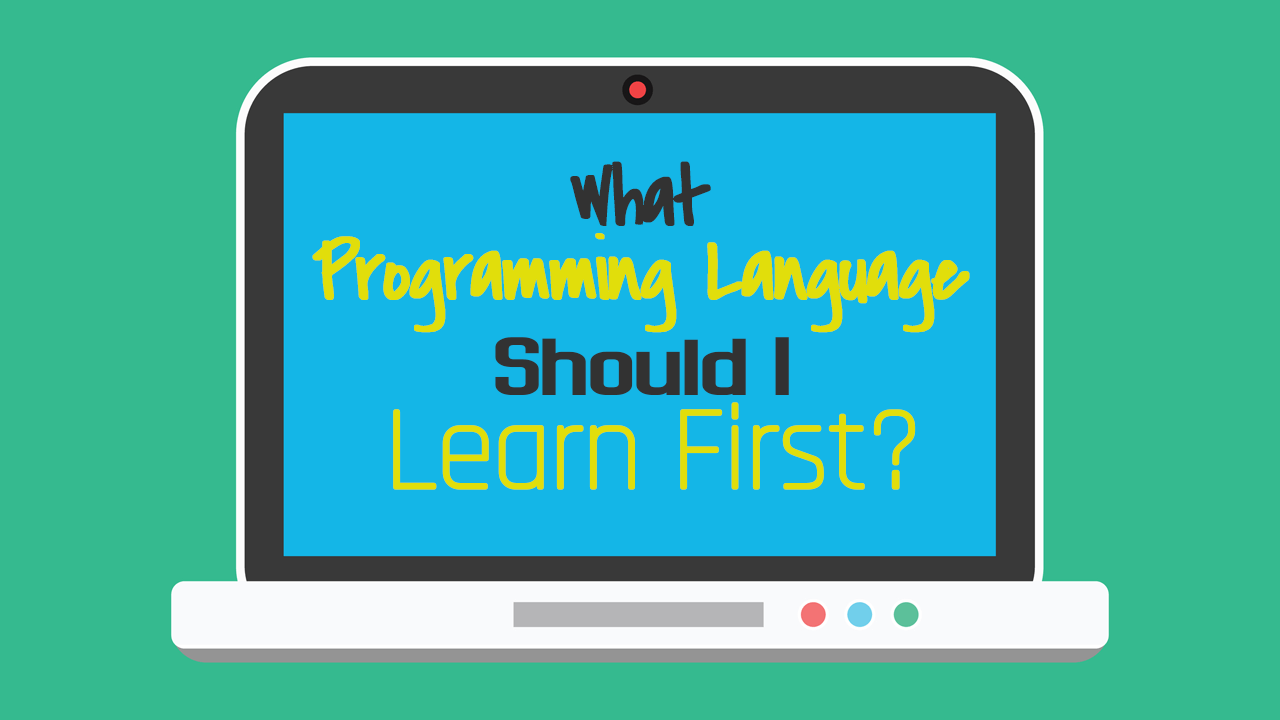The Future of Finance Distance Learning is an online course for finance students. It is delivered by the Institute for Professional Development in Management, Finance and Economics (IPDMFE) at Cardiff Metropolitan University.
There is a massive opportunity to transform the way we learn Finance. In today’s world, access to financial knowledge is becoming increasingly important for all of us.
In this post, we’ll talk about the future of finance distance learning. We’ll discuss the different types of online courses and what makes them successful.
We’ll also examine why the current finance format of distance learning is not working well. Finally, we’ll discuss how some of the major players in the space are planning to change things up.
Finance distance learning (FDL) has revolutionized financial education over the last 20 years. Today, it is estimated that more than 90% of people worldwide have access to a computer and internet access. Therefore it makes sense for financial institutions to leverage this to deliver relevant, accurate, and engaging financial education to individuals, families, and businesses.
What is finance distance learning?
Finance distance learning is learning about a specific field, or a particular set of skills, in a non-traditional manner.

In the traditional sense, most people learn about Finance by attending college, working in the industry, or taking a conventional course on financial topics.
However, there is a growing number of people who are interested in learning about Finance but cannot take the traditional route.
They may lack the money, or the time, to attend university, or they may not live close enough to a college to commute. The same goes for individuals who already work in the field but want to expand their skills.
A brief history of finance distance learning
Finance distance learning has been around for a long time, but the number of people taking these courses is steadily growing. It’s predicted that by 2020, over half of the global workforce will take at least one online course.
This comprehensive listing of all the finance distance learning programs available online today. Today, we have four main categories of finance distance learning courses: self-paced, blended, part-time, and full-time. If you are looking for a specific period, please use the search box above to find the program.
The following table will list all our finance distance learning programs by category: Finance Distance Learning Self-Paced Courses The self-paced finance distance learning courses are offered at either the graduate or undergraduate level. Our self-paced programs can be completed in as little as one month.
How does distance learning work?
Distance learning is a form of online education where students take courses either live or from a remote location. It has many advantages, including flexible schedules, low cost, and convenience. There are many types of distance learning, such as correspondence, virtual classrooms, and online seminars. Correspondence courses are live classes over the phone or by video conference.
Distance learning is growing rapidly. Online seminars are lectures delivered through streaming audio and video. They usually have the same content as traditional classes but are conducted in a more informal environment. In a virtual classroom, students interact with each other and their instructors through a computer, webcam, or video conferencing software.
In terms of delivery, a traditional classroom setting combines online lectures, live classroom sessions, and possibly in-person workshops. Some distance learning programs offer a hybrid of both online and in-person instruction.
How to find distance learning programs in Finance?
Finance is a broad field, so finding the right program is tough. Luckily, we’ve compiled a list of programs to help you find the best finance distance learning program for your needs.
The financial sector is booming in terms of job growth and demand. It has been the second-fastest growing industry in the U.S. over the past decade. But this job boom isn’t just limited to the private sector. The federal government is also hiring at a rapid rate, especially in the areas of accounting and auditing. As such, there are many different career paths that you can take in Finance.
Frequently Asked Questions (FAQs)
Q: Where did you go to school?
A: I went to the University of California Los Angeles.
Q: How did you get started in Finance?
A: When I was in high school, my math teacher told me that I had an aptitude for Finance. After graduating from UCLA, I worked in investment banking at Goldman Sachs and Lehman Brothers.
Q: What do you like most about working in Finance?
A: Working in Finance gives me a different perspective on things, and I love being able to solve problems.
Q: Do you have any hobbies?
A: I enjoy playing basketball, running, watching movies, cooking, and reading.
Q: What are some of the challenges facing Finance in the future?
A: Three things will be challenging in the future. The first is technology, where we’ll have to keep up with the pace of new technologies.
Top Myth about Finance Distance Learning
1. People are not interested in Finance Distance Learning.
2. People are not able to learn Finance.
3. People do not need Finance.
4. People are not interested in learning Finance.
Conclusion
In recent years, Finance has taken a giant leap forward in distance learning. With the advent of online learning, anyone can now access a world of finance knowledge at their own pace. Whether you want to earn a degree in Finance or learn more about it, this new field of study is worth exploring.
However, I’m not going to lie to you. You may have difficulty understanding the material if you don’t have a strong math background.
You can always check out this free online course if you’re looking for a quick overview. However, if you’d like to know more about the field, I recommend looking at these books.

















